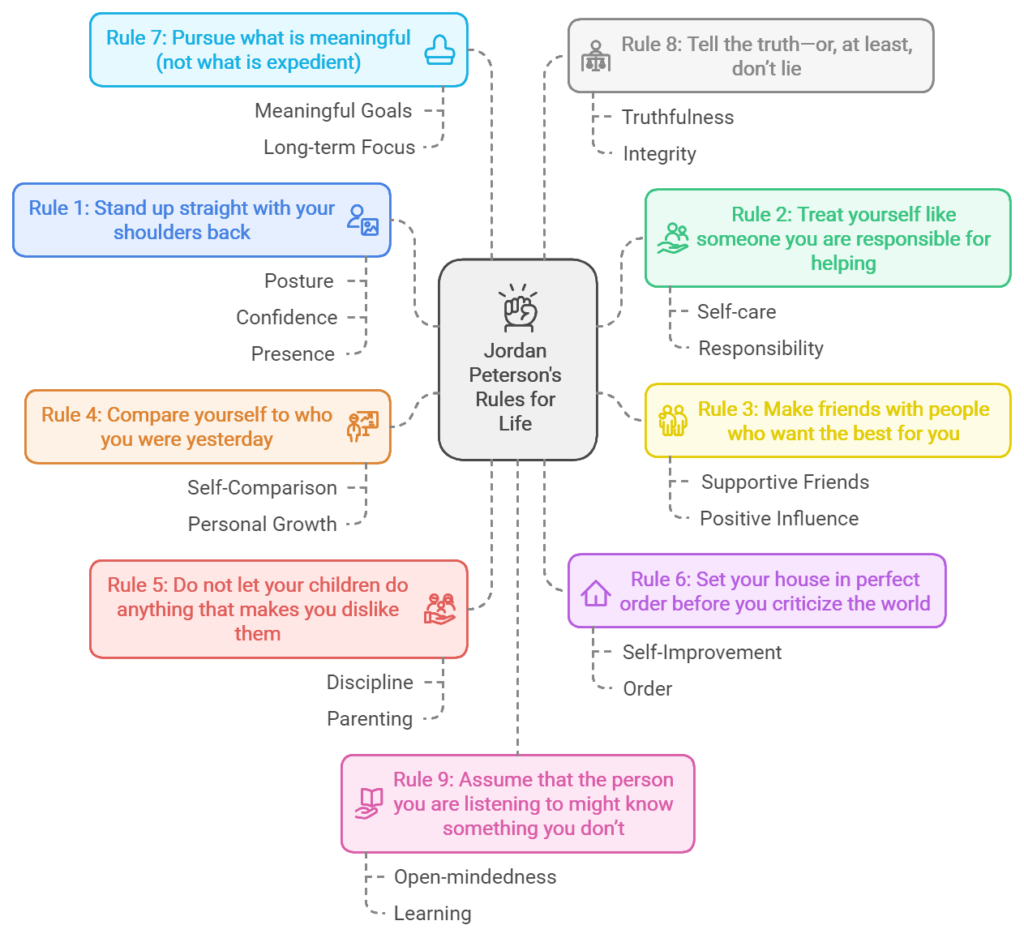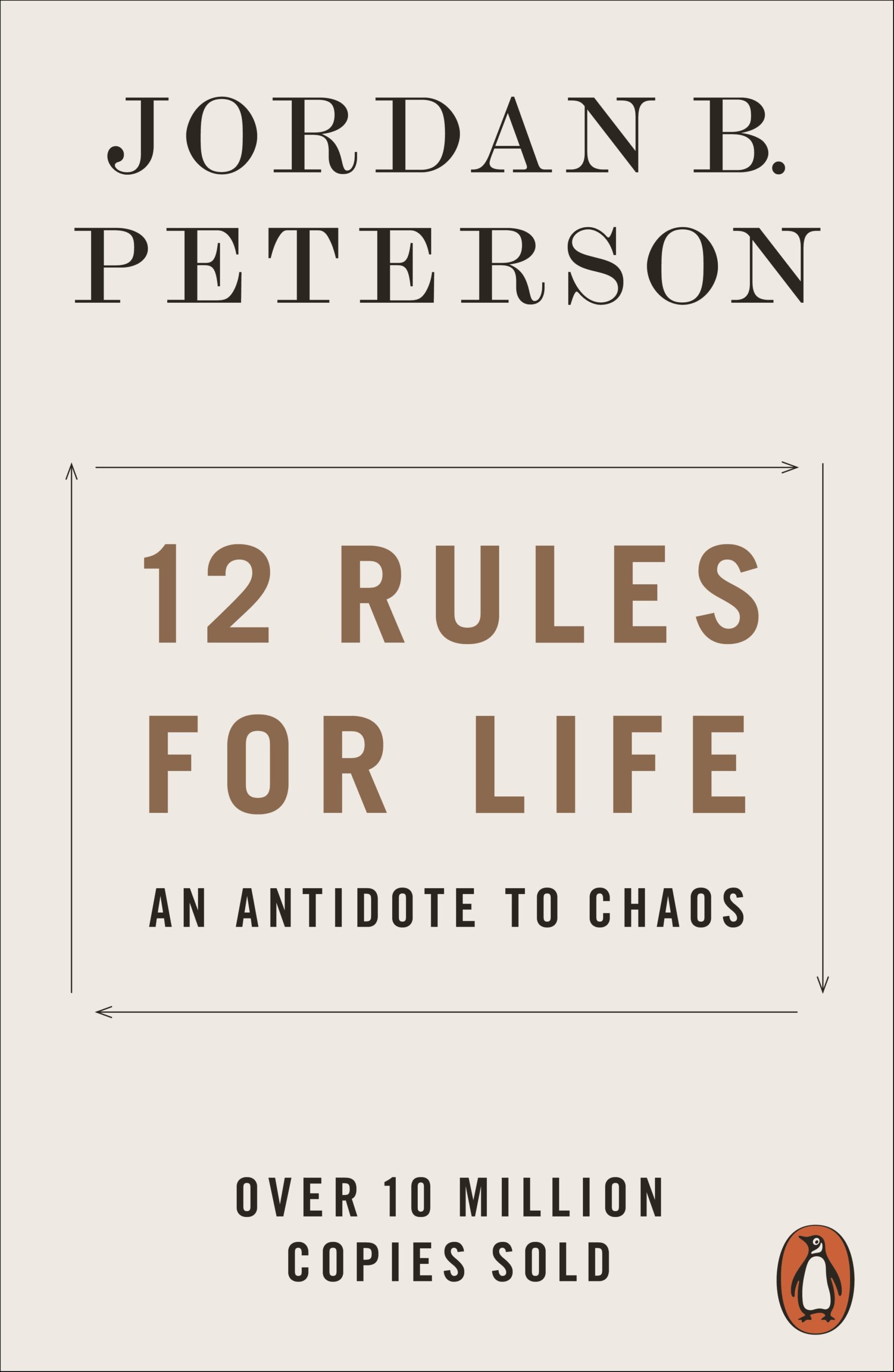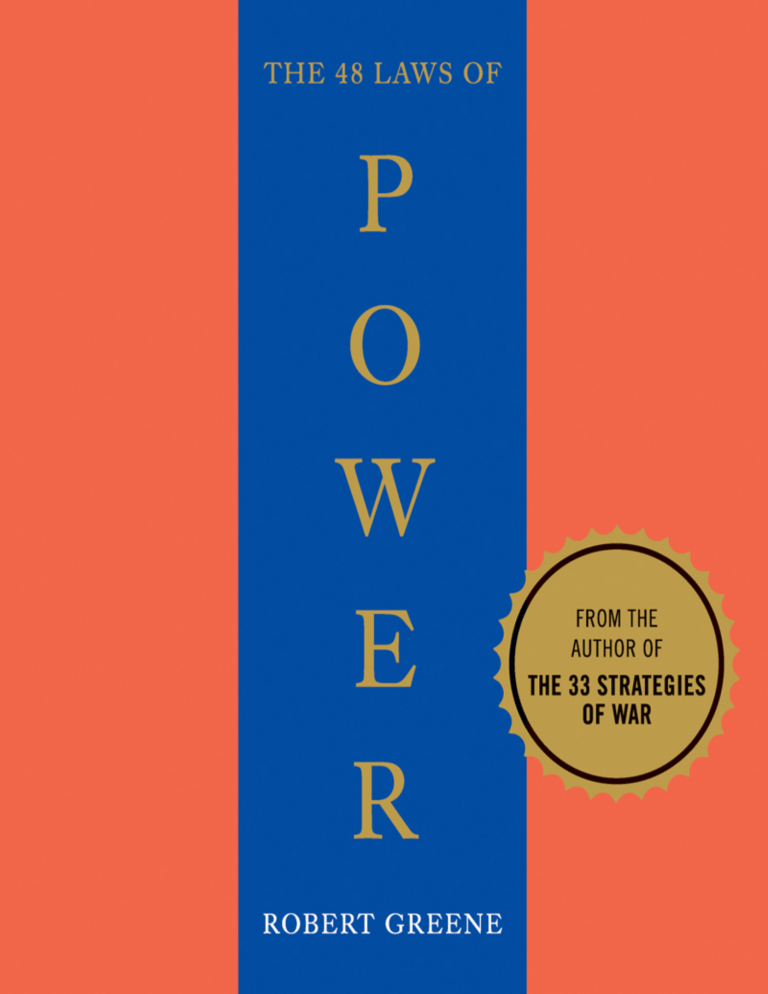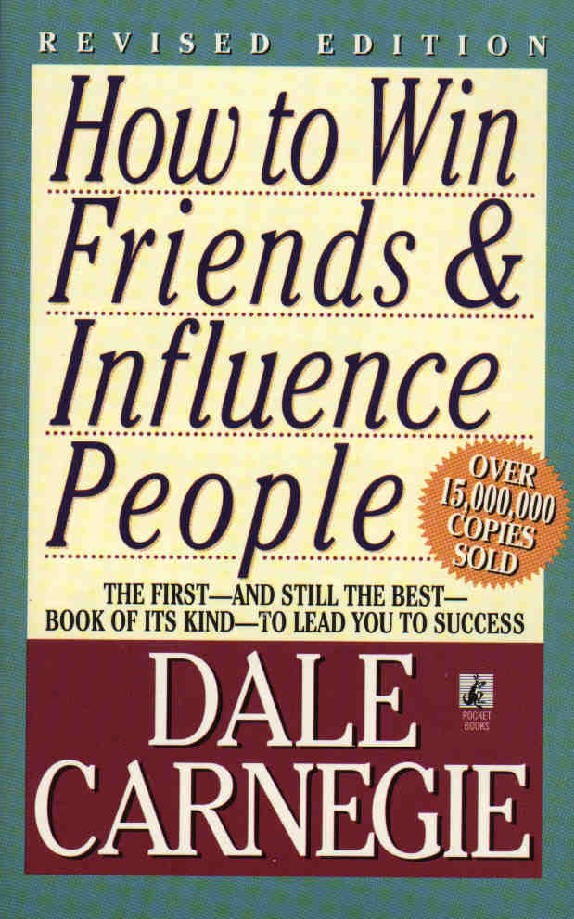In 12 Rules for Life book summary, the Smart Owl unpacks the core ideas from the book “12 Rules For Life: An Antidote to Chaos“, by Jordan Peterson with a foreword by Dr. Norman Doidge, which is a book that explores the necessity of order and meaning in human life.
Drawing upon a wide range of disciplines, including mythology, psychology, and philosophy, Peterson argues that individuals must take responsibility for their own lives and strive to live truthfully and meaningfully in order to combat the chaos of existence.
“Set your house in perfect order before you criticize the world.”
The Origins of “12 Rules For Life”
The book’s origin can be traced back to Peterson’s work on his previous book, “Maps of Meaning: The Architecture of Belief”, and his engagement with the online platform Quora.
On Quora, Peterson answered various questions, including one about the most valuable things everyone should know. His response, a list of rules or maxims, garnered significant attention, prompting him to consider their wider appeal.
The Importance of Rules and Order
Peterson suggests that rules are necessary for human beings to thrive. Humans, as “pack animals” and “beasts of burden”, require structure, routine, and tradition to navigate life’s complexities.
He emphasizes that the rules in his book are not meant to restrict freedom, but rather to provide a framework for a fulfilling and meaningful life.
“The successful among us delay gratification. The successful among us bargain with the future.”
Chaos and Order
The book’s title, “12 Rules for Life: An Antidote to Chaos”, reflects the central theme of navigating the interplay between chaos and order. Peterson argues that while excessive order can be detrimental, chaos can be overwhelming and destructive. The “straight and narrow path” lies in finding the balance between the two.
The Shadow of Totalitarianism
Peterson’s exploration of order and chaos is deeply informed by his study of totalitarian regimes. He cautions against the dangers of ideology, which he defines as simplistic ideas disguised as science or philosophy that attempt to explain the world’s complexity and offer solutions for its perfection.
Ideologues, according to Peterson, are individuals who believe they know how to improve the world before addressing their own internal chaos. He contends that ideologies often fail to address the true complexities of life and can lead to disastrous consequences when implemented.
“Aim for Paradise, and concentrate on today.”
The Significance of Truth and Meaning
Central to Peterson’s philosophy is the importance of truth and meaning. He encourages individuals to “live in truth”, to act diligently toward well-defined goals while remaining open to the unfolding of the world and one’s spirit.
Key points regarding truth and meaning:
- Telling the truth creates a more habitable reality.
- Truth is a source of strength and prosperity.
- Each individual has a unique personal truth to discover and communicate.
- Meaning is found in the balance between the chaos of possibility and the discipline of order.
The Individual and Responsibility
Peterson emphasizes the importance of individual responsibility. He argues that individuals must take ownership of their lives and strive to become the best versions of themselves. This involves:
- Setting ambitious goals focused on character development.
- Disciplining oneself and keeping promises.
- Seeking meaning that transcends personal happiness.
The 12 Rules For Life
The book is structured around twelve rules, each of which is explored in detail through essays and anecdotes. These rules, that are reproduced in this free book summary, include:

- Stand up straight with your shoulders back. (Rule 1)
- Treat yourself like someone you are responsible for helping. (Rule 2)
- Make friends with people who want the best for you. (Rule 3)
- Compare yourself to who you were yesterday, not to who someone else is today. (Rule 4)
- Do not let your children do anything that makes you dislike them. (Rule 5)
- Set your house in perfect order before you criticize the world. (Rule 6)
- Pursue what is meaningful (not what is expedient). (Rule 7)
- Tell the truth—or, at least, don’t lie. (Rule 8)
- Assume that the person you are listening to might know something you don’t. (Rule 9)
- Be precise in your speech. (Rule 10)
- Do not bother children when they are skateboarding. (Rule 11)
- Pet a cat when you encounter one on the street. (Rule 12)
“Compare yourself to who you were yesterday, not to who someone else is today.”
The Role of Stories
Throughout the book, Peterson draws heavily upon stories, particularly myths and religious narratives, to illustrate his points. He argues that these stories, passed down through generations, offer insights into human nature and provide guidance for navigating life’s challenges.

Key Takeaways
“12 Rules For Life” offers a thought-provoking and challenging perspective on the human condition. It encourages readers to embrace responsibility, pursue meaning, and live in truth, offering practical advice and philosophical insights along the way.
You may also like:
Real-Life Examples in “12 Rules For Life”
The book provides several real-life examples that Jordan B. Peterson uses to support his points in “12 Rules For Life: An Antidote to Chaos”.
- The Cold War and the Threat of Ideology: Peterson’s interest in understanding how people would sacrifice everything for an “identity” stemmed from his experience growing up during the Cold War, a time when the threat of nuclear annihilation loomed large.
This experience led him to investigate ideologies and their potential to drive individuals and nations to extreme and destructive behavior. He uses the historical examples of totalitarian regimes, such as Nazi Germany, the Soviet Union, and Pol Pot’s Cambodia, to illustrate the dangers of ideology and its tendency to simplify complex realities, leading to catastrophic consequences.
- Personal Experiences with Suffering and Resilience: The book reveals that Peterson draws on his own personal experiences, as well as those of his family and clients, to illustrate the complexities of life and the human capacity for resilience.
His father’s survival of Auschwitz, his grandmother’s defiance of Josef Mengele, and his grandfather’s death just before liberation day serve as stark reminders of the horrors of the Holocaust and the strength of the human spirit in the face of unimaginable suffering. He also recounts the experience of a client whose husband battled cancer for five years, highlighting the fragility of life and the challenges of coping with loss and grief.
- Clinical Examples of Self-Deception and Transformation: Peterson’s clinical experience as a psychologist provides him with a wealth of examples of how individuals grapple with self-deception, responsibility, and the search for meaning.
He describes a client who struggled to confront her husband’s negative behavior, drawing parallels to the dynamics of tyranny and the importance of standing up for oneself. He also shares the story of a client who questioned whether she had been raped, illustrating the complexities of memory, truth, and the therapeutic process.
- Observations of Everyday Life: Peterson’s observations of everyday life provide further examples to support his arguments. He notes the tendency of some individuals to criticize and undermine the accomplishments of others, using the example of Michelangelo’s David to illustrate how positive change can be met with resistance.
He also discusses the common struggle of parents putting their children to sleep, using a detailed calculation to demonstrate how seemingly insignificant daily events can accumulate and significantly impact one’s life.
- Historical and Literary Figures: Peterson frequently references historical and literary figures to support his points. He cites Aleksandr Solzhenitsyn’s experience in the Soviet gulag and his subsequent writing of “The Gulag Archipelago” as an example of the power of truth to challenge and dismantle oppressive systems.
He also discusses Socrates’ decision to accept his death sentence rather than compromise his principles, highlighting the importance of pursuing meaning over expediency.
It is important to note that the real-life examples presented in the sources are often interwoven with Peterson’s interpretations and analysis. While these examples provide context and grounding for his arguments, it is up to the reader to critically evaluate the connections he draws and to consider alternative perspectives.
To read other free book summaries, click here
We recommend the free book summary on Jack Canfield’s “The Success Principles”.








Leave a Reply